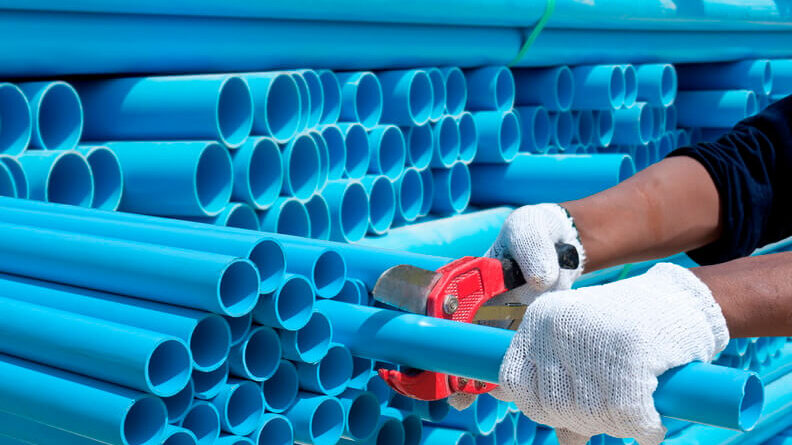Resin is a substance that converts into rigid polymers through the curing process. When cured-in-place pipes (CIPP) are installed, they are soaked in a pipelining resin to ensure they stick to the host pipe during the curing process. At the end of it, the pipe liner becomes as hard and durable as a new pipe.
CIPP, as a type of trenchless sewage rehabilitation technique, is a process to fix leaky or damaged sewer pipes by using cured-in-place polyester resins instead of traditional rubber. A CIPP pipeline can be installed using either hot water sealing or hot steam curing methods.
There are 3 kinds of resins used for CIPP pipelining. These are polyester, vinyl, and epoxy.
In this article, we will discuss these three types of resin for pipelining.
Polyester Resin
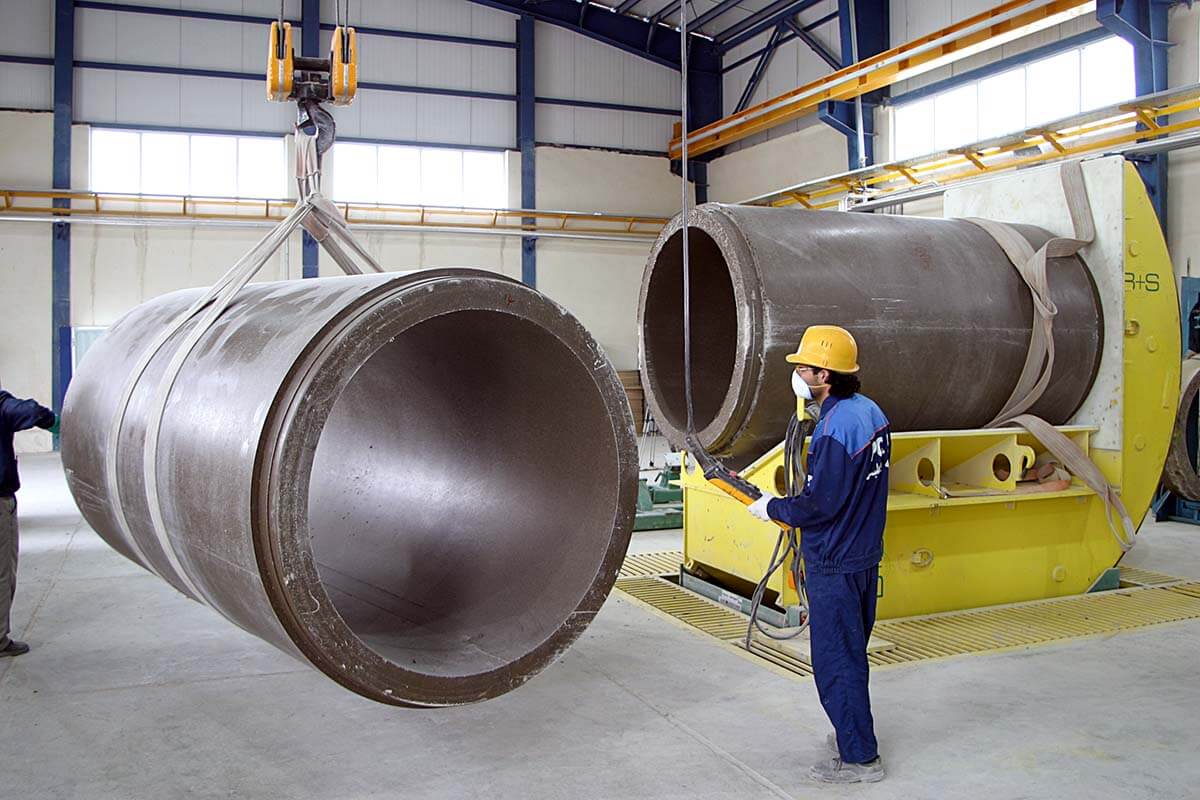 source: kayson-ir.com
source: kayson-ir.com
Polyester resin is often used for the main lining of pipes. Polyester resin is a cost-effective solution for sewer repair, saving companies considerable amounts of money. As the pipe repair is performed on-site, no drilling or excavation is required. Instead, the entire work can be carried out using the help of a crane.
Polyester is durable, stable, and resistant to water, dirt, grease, and other chemicals and is very economical. The material is also highly recyclable, which makes it suitable to be used in a wide range of industrial processes. It’s also easy to clean and maintain, as it can be simply wiped off after use. To make the pipeline maintenance procedure faster, more efficient, and environmentally efficient, a CIPP system uses pipes that are fitted with a large resin-filled chamber that can withstand high pressure and temperature fluctuations.
Polyester resin is affordable, flexible, and resistant to heat, chemicals, and flame. This type of resin is very versatile and can be combined with other materials such as carbon, glass, or plastic fibers. Aside from being used in pipes, polyester resin is also utilized in making construction materials, luggage, packaging, and appliances.
- Epoxy Resin
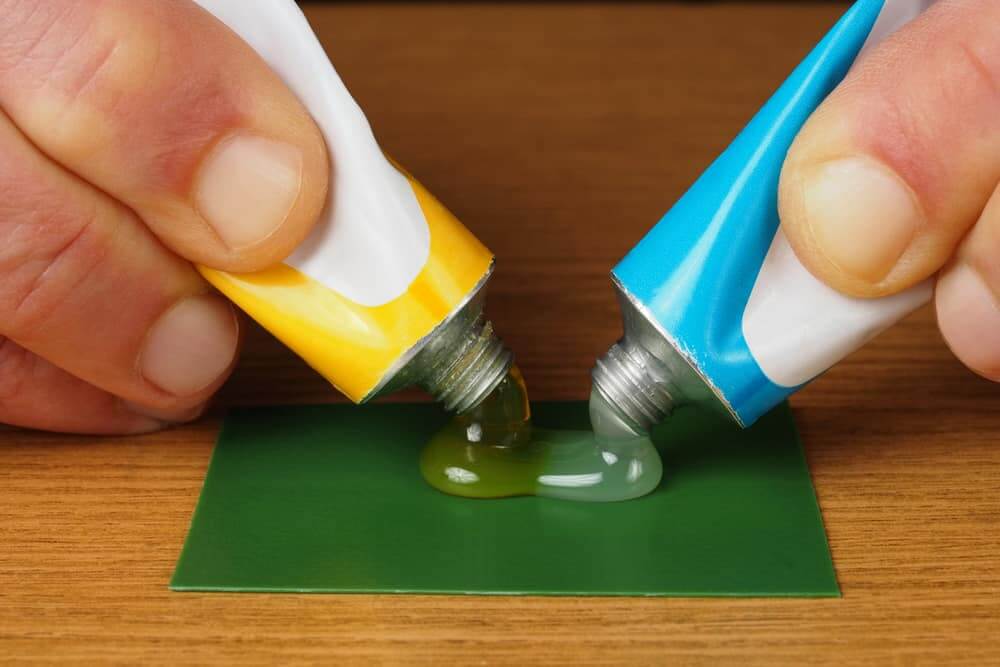 source: miller-stephenson.com
source: miller-stephenson.com
Epoxy resin is considered the premium type among the three resins used for pipelining. However, it doesn’t contain any harmful volatile organic compounds (VOCs) and doesn’t shrink while curing. This makes epoxy resin one of the most suitable resin for pipes. Because epoxy resin requires only a short curing time, it cannot be pre-mixed and the liners cannot be drenched before transportation. It must be prepared on-site.
Epoxy resin for pipelining refers to a liquid that is used for piping and is usually a combination of cured and uncured resins. The two-part mixture is combined and then injected into the pipe joints through a nozzle. The liquid bonds with the pipe fittings make it possible for pipes not to leak or become loose.
There are several benefits of using this material in piping, and even in pipe relining. First of all, pipes connected or repaired using epoxy resin are usually more resistant to wear and tear than those patched with other types of sealants and adhesives; it doesn’t contain strong or harmful smells and can be used in both outdoor and indoor applications. They are also less expensive to manufacture, which means that they can be used economically in different types of construction.
Another advantage of this material is that it can prevent any corrosion and damage to the pipes because it forms a protective barrier between the aggressive environment and the substrate (chemicals involved during a chemical reaction like rusting). This reaction prevents the pipes from getting corroded even when used for extended periods. This material can also be used for insulating pipes that are located in cold places. It is also easy to apply, so the installation process of pipes can be carried out faster.
- Vinyl Resin
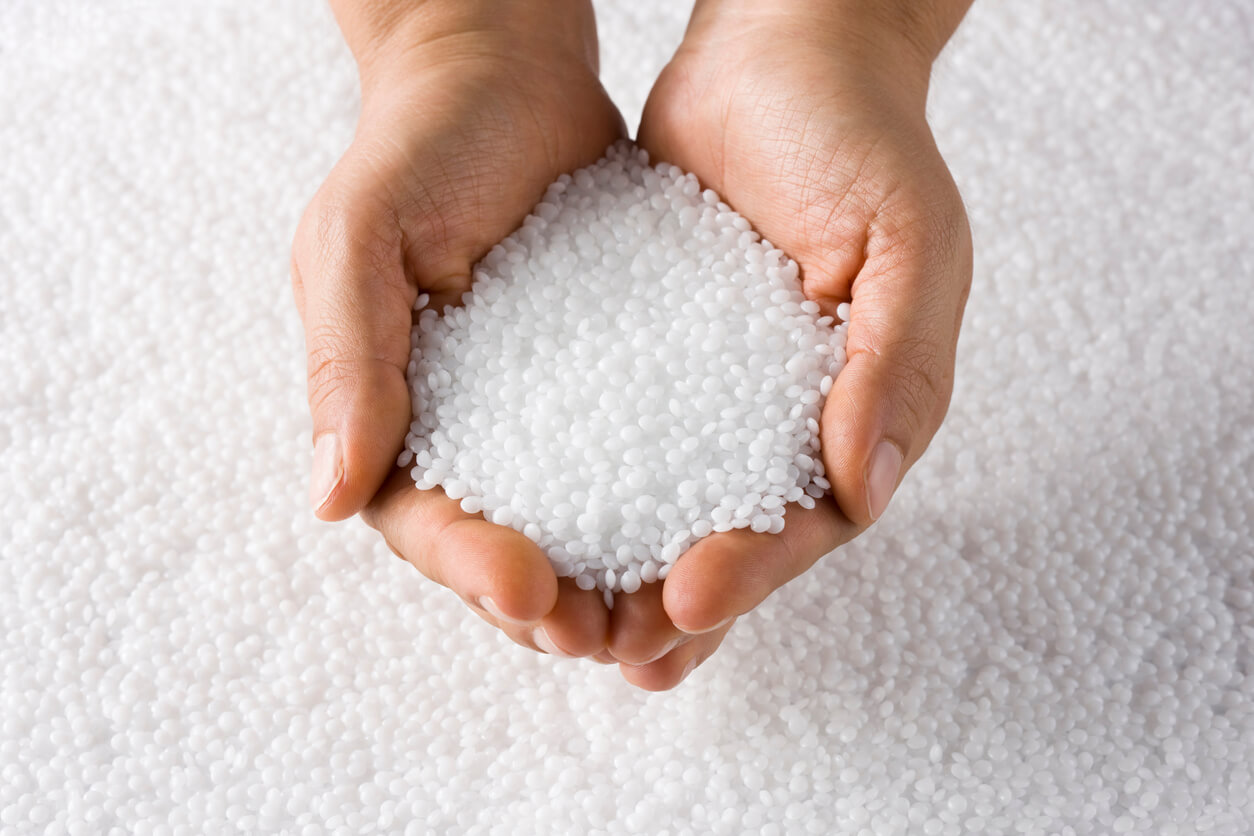 source: vinylinfo.org
source: vinylinfo.org
Vinyl resin is used where extreme corrosion resistance is needed. Vinyl resin is a hybrid of epoxy and polyester resin. Since it has elements of polyester, it has a strong foul odor and hazardous VOCs. However, some recently developed vinyl resins don’t contain any VOC and are safe for use. Vinyl resin shrinks when cured.
The vinyl resin can be purchased in a variety of colors. One of the most popular colors available is white. This color can blend well with the color of pipes it adheres to. It’s also important that the pipes can blend into their surrounding environment when you’re installing or doing pipe relining.
And while you can always have the option to change the color of your pipes, it’s important to consider its content first. The Occupational Safety and Health Administration or OSHA set a color scheme for the identification of the pipe system. According to OSHA, pipes that contain fire-quenching fluids should be labeled in red, while pipes that have toxic and corrosive fluids should be labeled in orange.
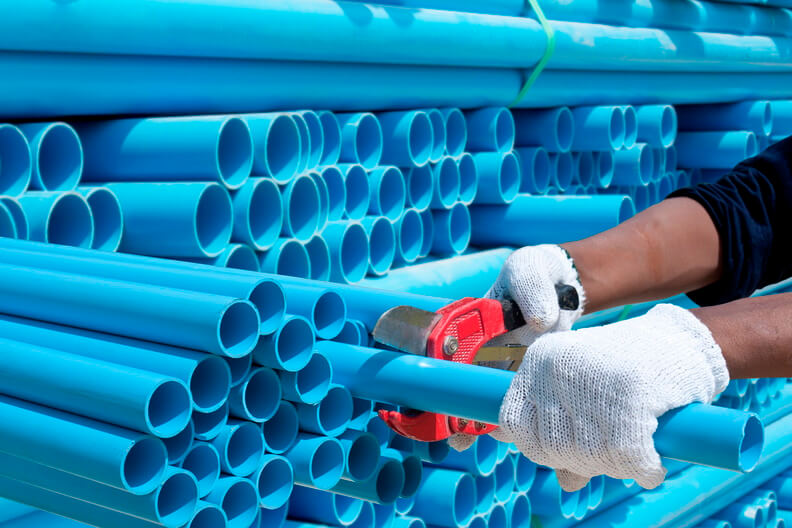 source: wmhendersoninc.com
source: wmhendersoninc.com
Conclusion
For CIPP lining, the three main resins used are polyester, epoxy, and vinyl. While the polyester resin is the most affordable among the three, it does have its drawbacks like a foul smell and dangerous VOCs. It also shrinks during the curing process. These reasons make polyester resin not ideal for poorly ventilated, indoor project sites. Vinyl resin is a hybrid of polyester and epoxy resin and is often used for extreme corrosion resistance.
On the other hand, epoxy resin doesn’t contain any harmful VOCs or foul odor and doesn’t shrink on curing. This makes it the most expensive resin for CIPP lining and is often used for indoor commercial and residential projects.

